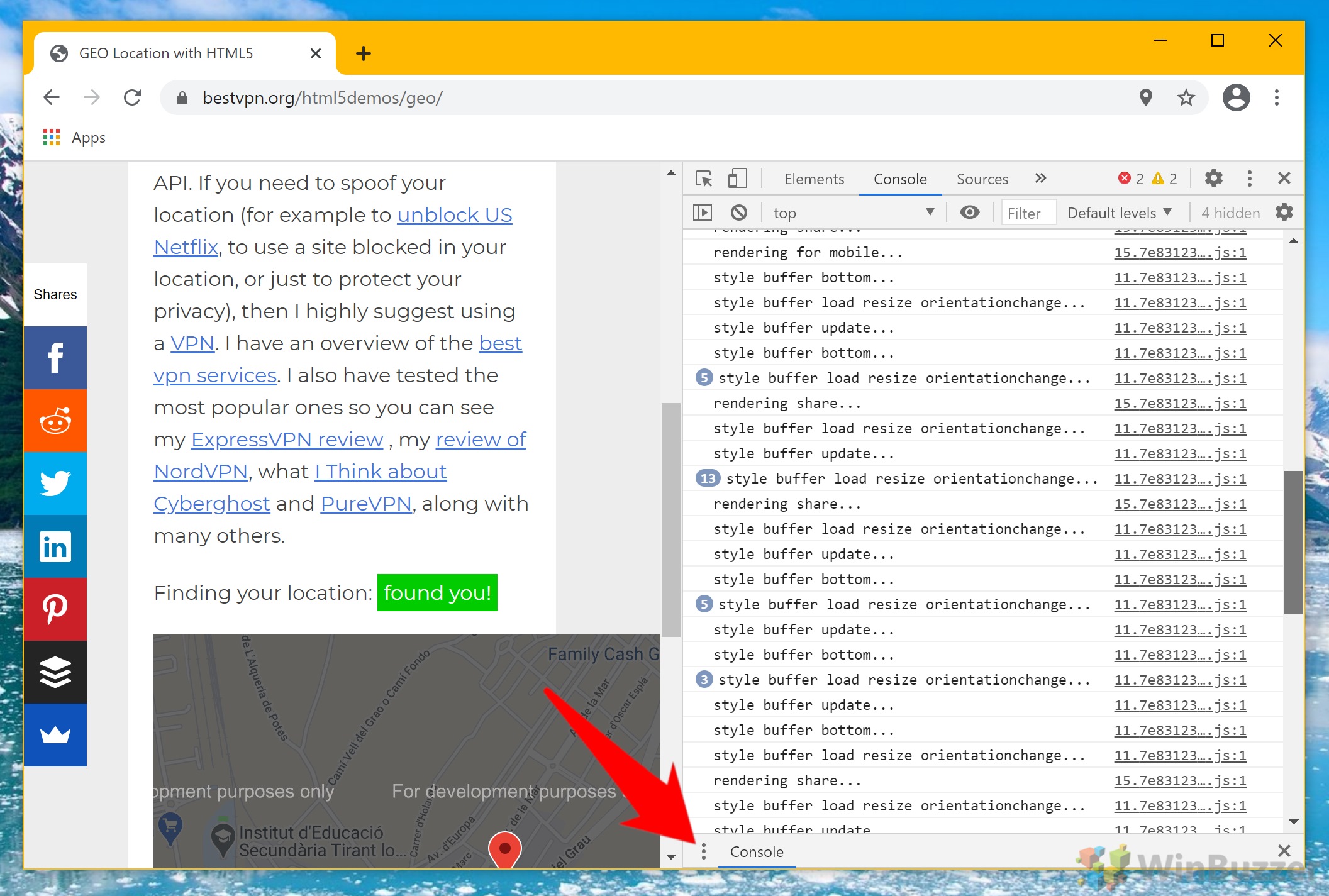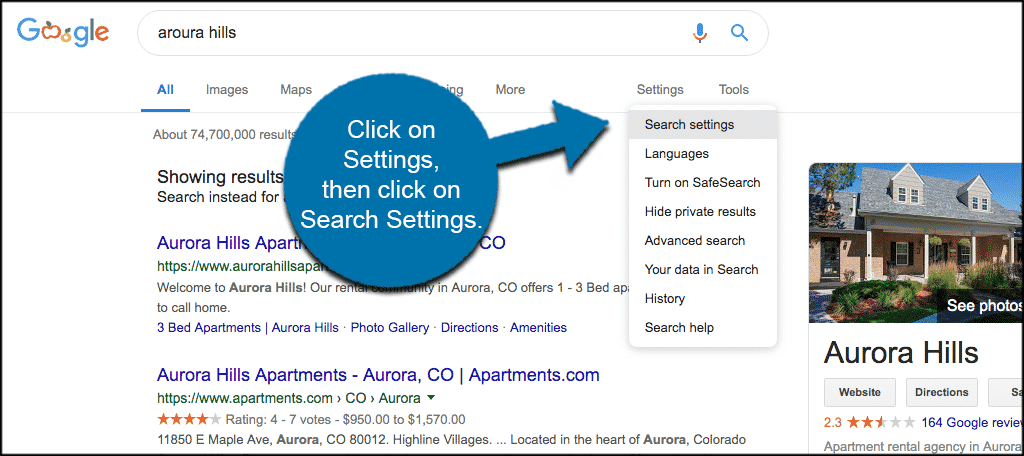

Quartz tested on a OnePlus 6, a Samsung Galaxy Note 9, a Google Pixel XL, and a Motorola Moto z3 Play and they all followed the workflow above. (Some Android devices may have their own designs that mean the above instructions won’t be exactly right. Tap Google Account (Info, security & personalization).Scroll down to My Activity, which will open your settings in a web browser.Tap Manage your Google Account and then Personal info and privacy.Tap on your Google Account (in the left hand navigation bar).Scroll down and toggle Location History off as well.In the left hand navigation bar, click Activity Controls, where you’ll see Web & App Activity.

Go to Personal Info & Privacy and choose Go to My Activity.Sign in to your Google Account in the upper-right corner of your browser.Here’s how: In a web browser (mobile or desktop) Though Google insisted that “users have the controls to edit, delete, or turn off at any time” in an email to Quartz, finding the controls to actually stop the company from tracking your location is less than intuitive.

“It does not stop Google’s collection of other location markers.” “Leaving ‘Web & App Activity’ on and turning ‘Location History’ off only prevents Google from adding your movements to the ‘timeline,’ its visualization of your daily travels,” the AP reported. Apple, you need to fix this asap.In order to actually turn off location tracking, users must navigate to a little-known setting called Web & App Activity. If I were Google, I'd be calling my attorneys.įor many web developers that rely on their user's being able to give permission to share their location so they can get accurate location-based listings on websites they visit using Chrome, this is a serious business harming concern. Safari's location settings are NEVER disabled, just Chrome's. After a few months of this bug (which has now happened to me at least a dozen times or more), it feels more like an anti-trust issue.in which Apple is crippling the Chrome browser from working correctly. This is seriously crippling to any web apps that require location permissions.because it's not evident that a user's locations services have been disabled.and most users wouldn't think that their OS has surreptitiously disabled location services without their consent. The first few times, I had no idea that my locations services had been disabled for Chrome (without my consent).and I spent HOURS trying to troubleshoot my code (I'm a developer) attempting to determine why chrome, which appeared to have my permission to get my location, wouldn't fetch my location. This same thing has been happening to me every since I "upgraded" to Big Sur (on a 2018 Mac Mini).


 0 kommentar(er)
0 kommentar(er)
